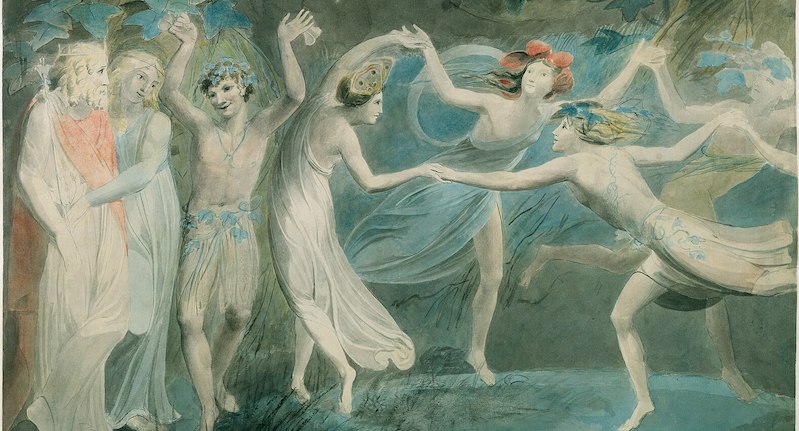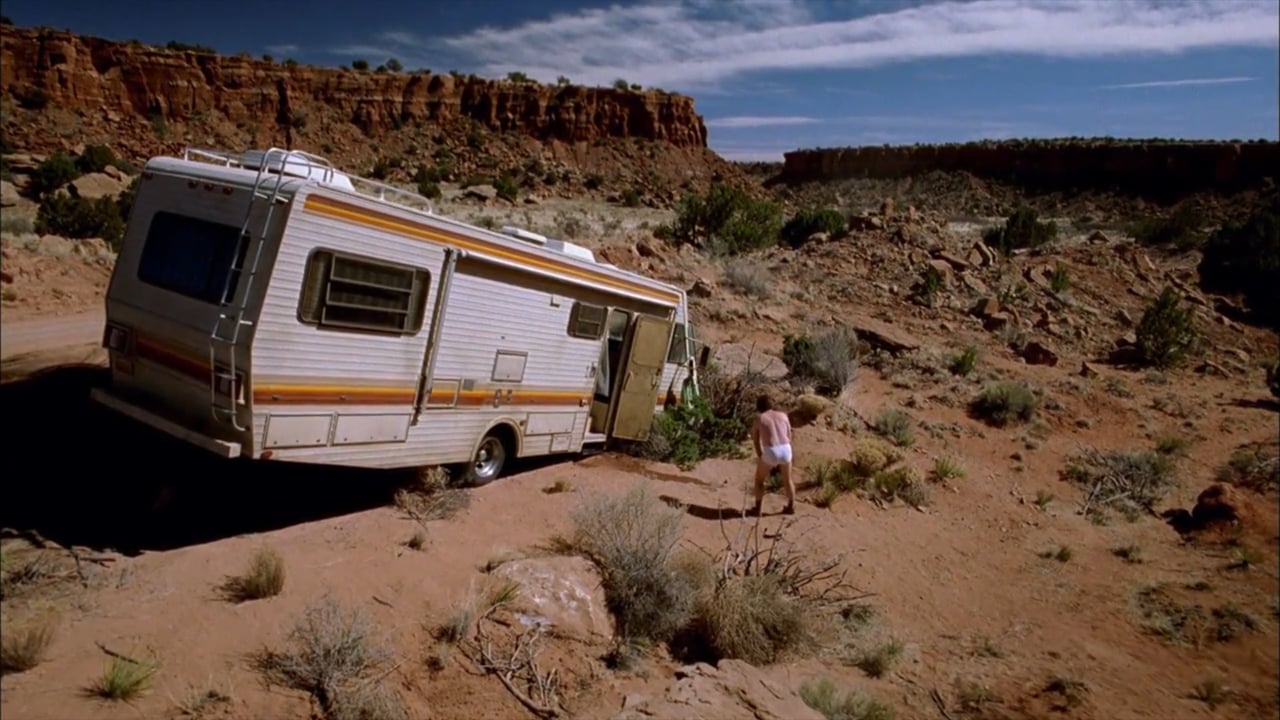Chu’u Mayaa
2017 - Film & Video (Film & Video)
17:57 minutes
Clarissa Tossin
Clarissa Tossin’s film Ch’u Mayaa responds to Frank Lloyd Wright’s Hollyhock House (constructed 1919–21) in Los Angeles, an example of Mayan Revival architecture. By re-appropriating the structure as a temple and imbuing it with a dance performance based on movements and postures found in ancient pottery and murals, the choreography takes its influence from the house’s design and the body positions on ancient Maya ceramics and buildings. A pulse, breathing, and a pre-Columbian clay flute are among the sounds on the soundtrack. Tossin mimics how the Maya civilization might have used a temple or ceremonial structure by employing Hollyhock House as a stage. The home is re-signified as belonging to the Pre-Columbian Mesoamerican architecture lineage by the movement of a female dancer. The title, which translates as Maya Blue , refers to the ancient azure color seen on Mayan ceramics and paintings portraying dancers, which is widely renowned for its weather resistance and ability to withstand the passage of time.
Clarissa Tossin’s photographs, videos, and installations are active investigations into the workings of urban planning and labor politics. The artist draws poignant parallels among historical events, creating engaging narratives that are also often subversive. Many of her works are concerned with what could be called a topography of place. Focusing on the promises, legacies, and failings of modernity, globalism, and utopian idealism, much of her work concentrates on cultural and economic connections between the United States and Latin American countries. Tossin’s most recent artwork, Archaeology of the Present, investigates the link between Indigenous civilizations and current Los Angeles via the lenses of gender and appropriation.
Colors:
Related works sharing similar palette

© » THEARTNEWSPER
Van Gogh’s 'Starry Night over the Rhône' will return for the first time to the city where it was painted Art market Museums & heritage Exhibitions Books Podcasts Columns Technology Adventures with Van Gogh Search Search Adventures with Van Gogh blog Van Gogh’s 'Starry Night over the Rhône' will return for the first time to the city where it was painted But did Vincent really wear a hat fringed with candles when he was working? Martin Bailey 8 December 2023 Share Van Gogh’s Starry Night over the Rhone (September 1888) Credit: Musée d’Orsay, Paris Adventures with Van Gogh Adventures with Van Gogh is a weekly blog by Martin Bailey, our long-standing correspondent and expert on the artist...

© » KADIST
Carolina Caycedo
2013In this two-channel video installation, Spaniards Named Her Magdalena, But Natives Called Her Yuma , Carolina Caycedo gathered footage during numerous research trips to dam sites in the Harz Mountains, Saxony, Westphalia and the Black Forest in Germany interspersed with images of the Rio Magdalena region in Colombia...

© » KADIST
Ranu Mukherjee
2011Conceived as a large-scale mural-like projection, Color of History, Sweating Rocks is a neo-futuristic, hybrid film that combines cinematic language, collage, animation, and inventive forms to highlight the plight of the peoples of the Sahara—and refugees in general—who have been displaced by oil-mining....

© » KADIST
Alia Farid
2019For her work in Sharjah Biennial 14, Alia Farid traveled from the United Arab Emirates to Iran across the Strait of Hormuz to film the longest day of the summer...

© » ARTS EQUATOR
SEE WHAT SEE: BOYS' LOVE (BL) DRAMAS | ArtsEquator Thinking and Talking about Arts and Culture in Southeast Asia ArtsEquator Viewpoints November 13, 2021 By Lainie Yeoh I grew up in an era where queer films were rare exceptions and it was your holy gay-af duty to watch all the ones you could access...

© » KADIST
Pratchaya Phinthong
2022Pratchaya Phinthong’s work has explored the mineral and karmic economies of Laos, a country that shares language, beliefs, and a long border with his own native region of Isaan (Northeast Thailand)...

© » DAZED DIGITAL
The cruel paradox of cosmetic tweakments now being deemed ‘ageing’ | Dazed â¬…ï¸ Left Arrow *ï¸âƒ£ Asterisk â Star Option Sliders âœ‰ï¸ Mail Exit Beauty Beauty Feature You may be scared of ‘ageing like milk’, but turning to filler and Botox at a young age could now leave you dubbed with ‘stink face’ online 12 February 2024 Text Laura Pitcher Lately, just existing on social media will leave you feeling like there’s no correct way to age...

© » FLASH ART
Twilight Oddities, Real Nightmares, Queer Errands, and Other Daydreams: The Gothenburg Biennial | | Flash Art Flash Art uses cookies strictly necessary for the proper functioning of the website, for its legitimate interest to enhance your online experience and to enable or facilitate communication by electronic means...

© » HYPERALLERGIC
Citing Silencing of Arab Voices, Artists Cut Ties With Art Canada Institute Skip to content Rana Nazzal Hamadeh, "Untitled" (2020), color digital photograph, inkjet on vinyl, 60 inches x 120 inches (image courtesy of the artist) A number of artists and curators have said they are cutting ties with Art Canada Institute (ACI) after the arts nonprofit was accused late last month of attempting to suppress the voices of a group of Arab and Muslim artists...

© » KADIST
Bady Dalloul
2022With Inner Child , Bady Dalloul continues his ongoing reflection on migration and belonging, putting in balance levantine and Japanese histories...

© » LITHUB
On the Serious Business of 19th-Century Fairy Paintings ‹ Literary Hub Craft and Criticism Fiction and Poetry News and Culture Lit Hub Radio Reading Lists Book Marks CrimeReads About Log In Literary Hub Craft and Criticism Literary Criticism Craft and Advice In Conversation On Translation Fiction and Poetry Short Story From the Novel Poem News and Culture History Science Politics Biography Memoir Food Technology Bookstores and Libraries Film and TV Travel Music Art and Photography The Hub Style Design Sports Freeman’s The Virtual Book Channel Lit Hub Radio Behind the Mic Beyond the Page The Cosmic Library The Critic and Her Publics Emergence Magazine Fiction/Non/Fiction First Draft: A Dialogue on Writing Future Fables The History of Literature I’m a Writer But Just the Right Book Keen On The Literary Life with Mitchell Kaplan New Books Network Read Smart Talk Easy Tor Presents: Voyage Into Genre Windham-Campbell Prizes Podcast Write-minded Reading Lists The Best of the Decade Book Marks Best Reviewed Books BookMarks Daily Giveaway CrimeReads True Crime The Daily Thrill CrimeReads Daily Giveaway Log In Via Pegasus Books On the Serious Business of 19th-Century Fairy Paintings Jennifer Higgie Considers the Significance of a Mystical Artistic Tradition By Jennifer Higgie January 5, 2024 Featured Image: Oberon, Titania and Puck with Fairies Dancing, by William Blake Much like the present moment, the nineteenth century was a time of rapid social and technological change and political turmoil...

© » KADIST
Karthik Pandian
2012Filmed in Morocco, the film Atlas by Karthik Pandian continues his investigation into history, site and monument...

© » KADIST
Ruijun Shen
2006In Seven Deadly Sins (2006), Shen utilizes abstraction to produce complex topographies of color that evoke associations with violently tumultuous landscapes...







